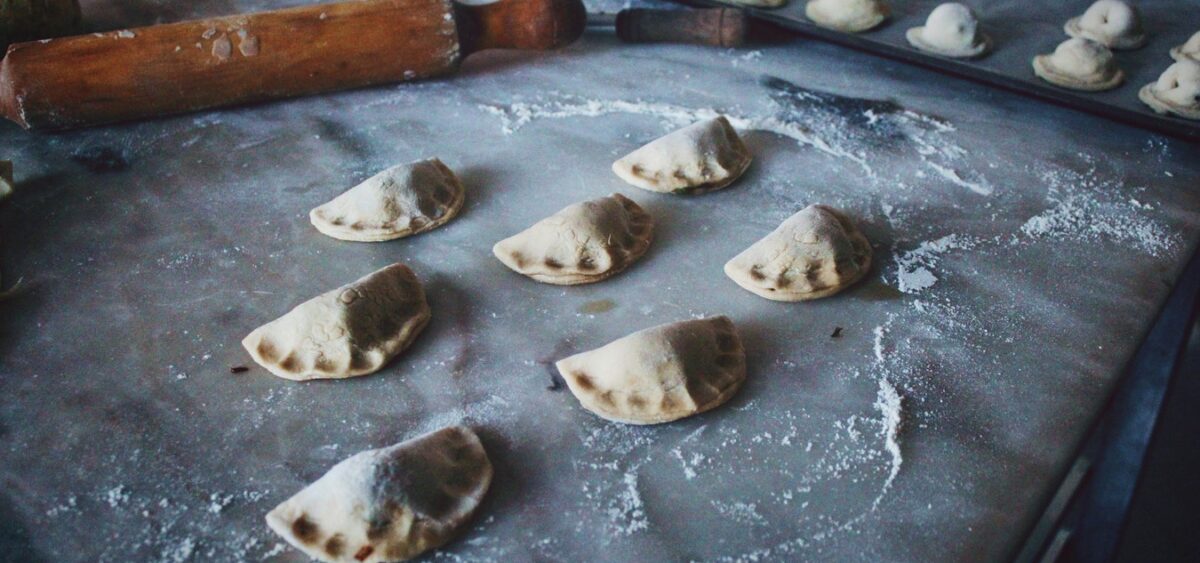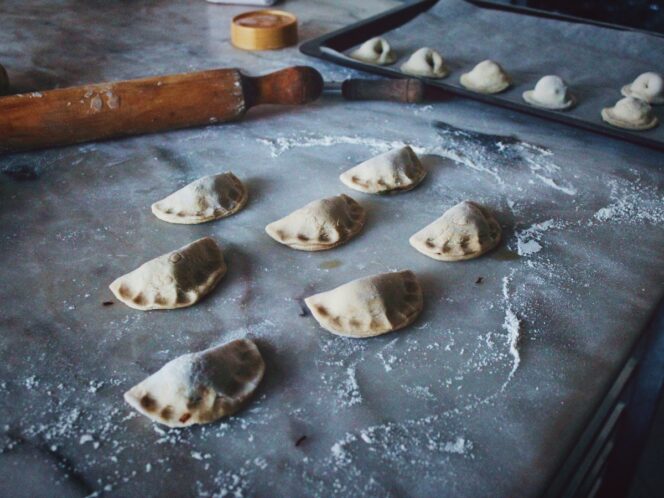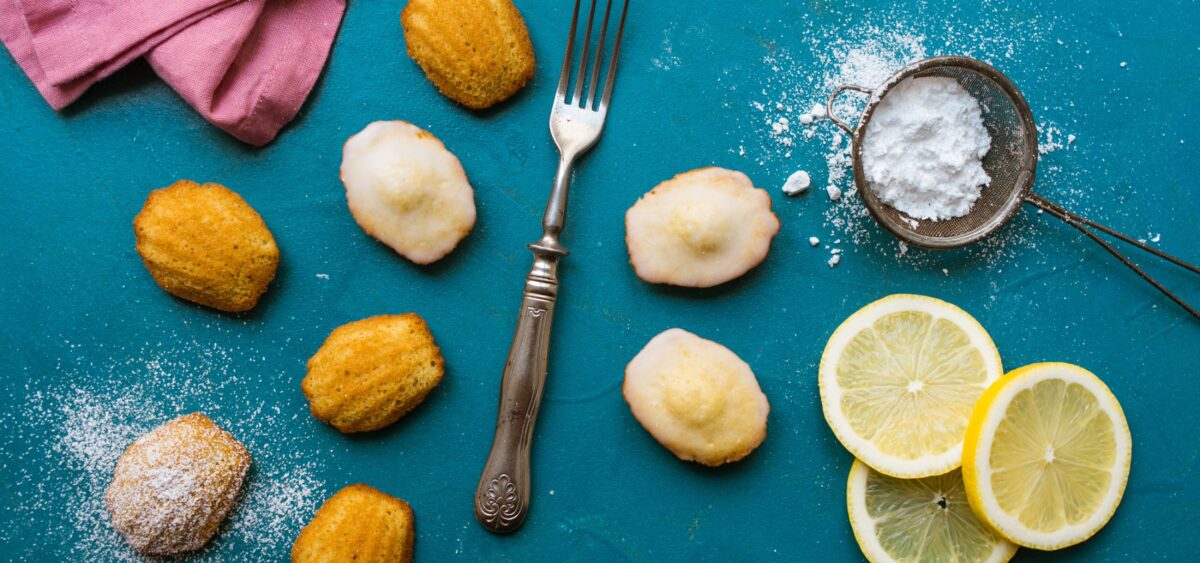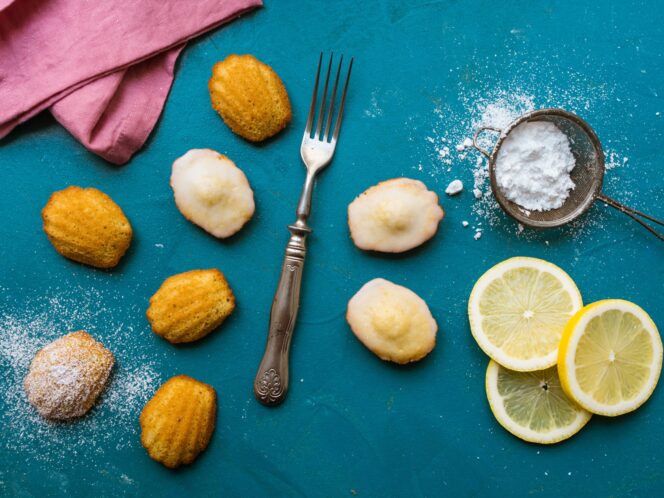
Culinary traditions spring forth from the past and become rejuvenated, much like the way new shoots emerge anew from an age-old tree in springtime. Recipes for traditional bread and cheese; for spicy curries and pierogi dumplings get passed down in places as diverse as New York, Delhi, and Poland’s highlander region of Podhale.
Sharing a recipe is like sharing a secret. It is, essentially, an act of great trust: giving away part of your story, your treasure. A shoebox stuffed full of memories; an old notebook with carefully handwritten recipes for ginger snaps and sourdough bread; the taste of which you so vividly recall. Recipes try hard to capture something ephemeral and fleeting, sometimes by using such old-fashioned terms as “Siberian buckwheat” (simply buckwheat), by describing the shade of “gosling green” (light green), or by calling for ćwiklas (a dusty old Polish word for pickled beetroot juice). Words that are slowly disappearing forever, blending into the background, fading like an old photograph. The taste of żurek, a classic Polish sour rye soup, cannot truly be conveyed by a recipe in a notebook. Its memory is passed on to a Polish child subtly, somewhere between a pat on the head and a stir of the soup with a spoon. It is only in this space that our Polish identity—what we are made of and what makes us who we are—can survive.
Blades and Spindles
I watch carefully as my mother kneads the d








